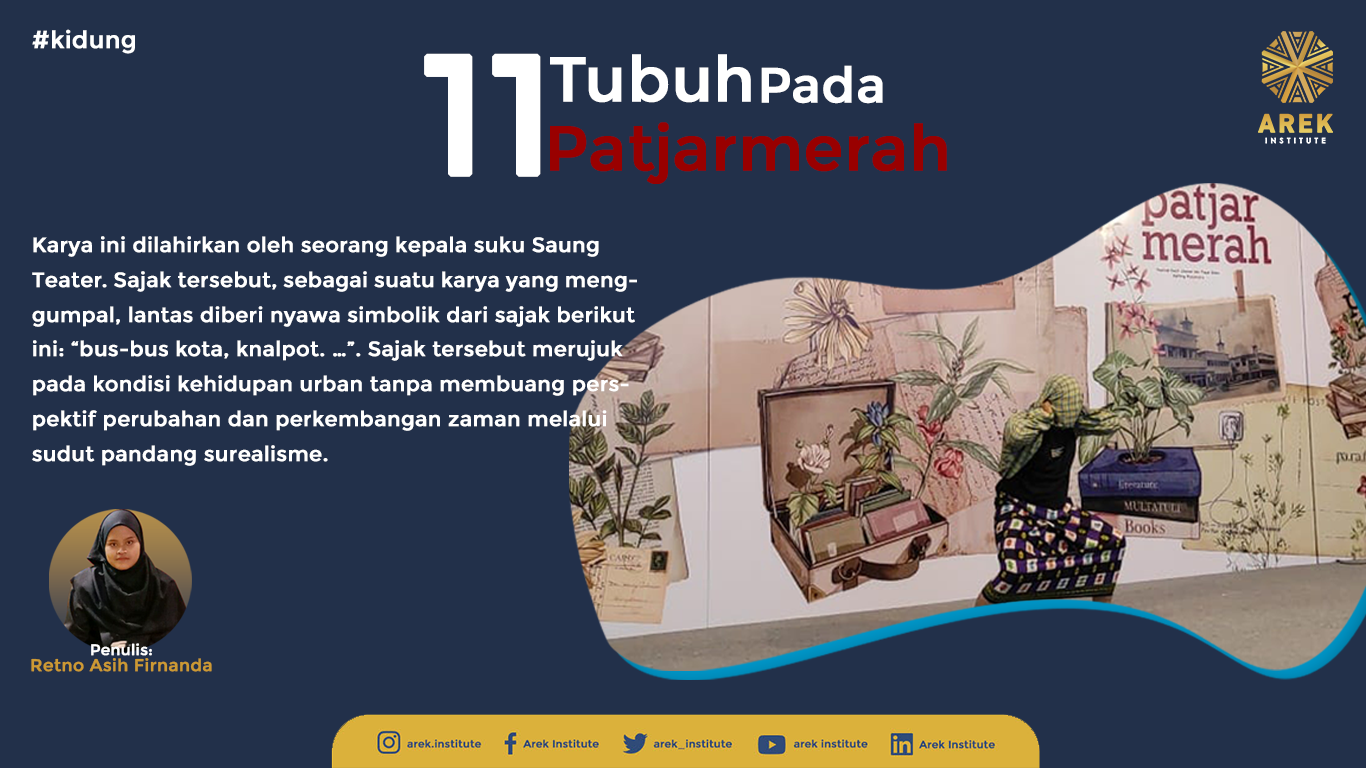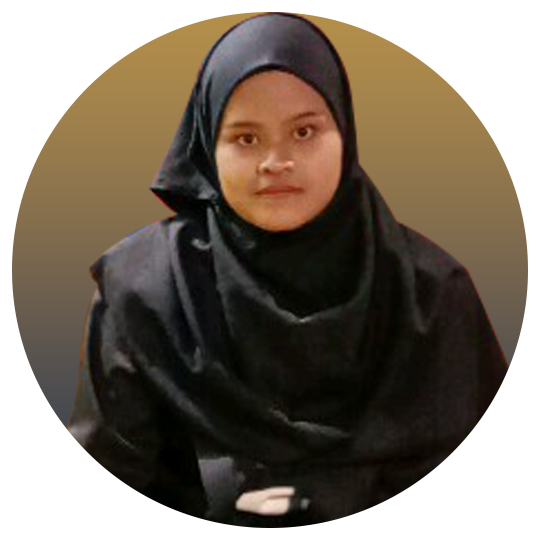
Adnan’s Poem: 11 Bodies at Patjarmerah

The Arek Institute positions itself as the alpha on the main stage of Patjarmerah Surabaya. They explore the poem “11 Bodies in the Room of Surabaya,” which is found in the poetry compilation “Body Dead Devouring Itself,” through static movements and dynamic body movements. Only with a sarong, the atmosphere is sentenced to silence. Through precise movements, Adnan favors a new interpretation of the poem “11 Bodies in the Room of Surabaya,” turning it into a more pronounced play. The questioned existence appears perfect.
This work is born from the mind of a chief of the Saung Teater tribe. The poem, as a condensed work, is then given symbolic life by the following lines: “city buses, exhaust pipes…”. The poem refers to urban life conditions without discarding the perspective of change and development over time through a surrealistic point of view. Adnan presents the dimension of urban life’s bustle through poetry, and he also represents it through his body movements in this performance.
The presentation of this work, in the form of a performing art, does not control the body’s dialogue with other bodies. His body appears alone. He plays the substitute for this poem vehicle alone. The play portrays a figure of a body as it truly is in the life of a migrant. As a diaspora, Adnan Guntur tries to capture the often-experienced side of urban migrant groups in surviving. This can be seen in the following excerpt from the poem: “salted fish, tomato sambal, a half-empty basin…”. Then, he presents the figure of a body in a condition of minimal survival in this performance.
Meanwhile, the Body, lying alongside the growing rain in its poem, responds that its truth is chaotic. Then, it wants to show the dimension of emptiness and narrowness through the extended poem as follows: “a hand giving birth to one mother and another…”. It also has the meaning of the movement of a still baby body, and the body is both whimpering and moving aimlessly.
At one moment, the body movement in the performance throws the body onto a very distant edge, and it enjoys its silence. It can be implied by the following excerpt from the poem: “neighbor’s walls, corrugated iron, electrical poles”. The presence of the body is also an attempt to criticize its surrounding environment. In densely populated urban life, many residents have educational and economic levels far below average. These conditions, in the excerpts of the poem and Adnan’s body movements, show the movement of urban life that is not always about luxury.
Another dimension is the questioning of his own body. Adnan shows this body movement in his performance, and it also refers to the following excerpt from the poem: “how can I see my own head?” with a mirror. There is a body near the glass, but the body speaks without the glass and only finds its cleaner. After showing various bodies in each act, the performer’s body movement shows confusion and disarray.
This movement has meaning in this poem excerpt: “how can I define myself…”. Furthermore, the dimension of confusion deepens in this poem: “the ceiling fan spins 360 degrees…”. In his performance, Adnan shows this excerpt from the poem with body movements that look in various directions. Upon review, the body still stands and does not move. This movement shows the confusion about urban life from both the poem and the performer’s perspective.
Adnan’s poem and body movements always have an appreciation for the body’s dimension of experience. He moves as if seeing other bodies in an imaginary space. He plays with bodies that are both inside and outside. These dimensions also show individualism in each act of each movement. His body is also confined by layered walls. However, it also has a dimension of contestation over freedom. Because his body seems to want to reach the highest position to move freely, but it does not have a clear direction.
In essence, his body seems to want to escape. He wants to form an autonomous reality based on the subject’s mind and the world through different ideas at once. It also illustrates the dimension of Merleau-Ponty’s philosophy. This dimension is the experience of a body that has embodied, although the movements or poems expressed by Adnan also do not stand alone with the social products experienced by the experience of the poet’s writing. Body and world, through the term “weaving tangled fabric,” replace the consciousness of other bodies as flesh is presented by the body itself (Merleau-Ponty, 2008).
Adnan’s poetry and performance at Patjarmerah have fused flesh united in the body with a new dimension of social critique. He seems to want to declare that his body is always grappling with itself all the time. It shows a rapid and chaotic urban life development. He doesn’t have time to wait for a body that is still lying in a narrow and empty space.
